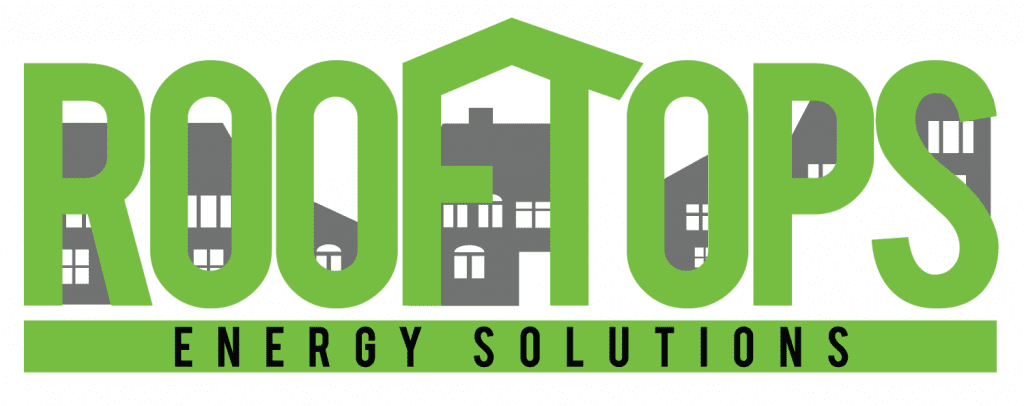How to Assess the Quality of Your Roof Installation
When it comes to home improvement projects, a roof installation is a significant investment. Therefore, it’s crucial to ensure that the job has been done well. But how can you tell if a roof installation went well? This article will guide you through the process of a roof installation assessment, highlighting what to look out for once the project has been completed and where contractors typically cut corners. We will also discuss how Rooftops Energy Solutions stands out by not cutting corners.
Signs of a Well-Installed Roof
A well-installed roof should have no visible signs of damage or poor workmanship. Here are some things to look out for:
- Proper Shingle Installation: Shingles should be flat against the roof with no curling at the edges or bulging in the middle. They should be evenly spaced and properly aligned.
- Flashing: Flashing should be properly installed around chimneys, vents, and other roof penetrations to prevent water leaks.
- Gutters and Downspouts: These should be securely attached and free of debris. Water should flow freely and be directed away from the house.
- Ventilation: Proper ventilation is crucial to prevent heat and moisture buildup in the attic, which can lead to roof damage over time.
- Cleanliness: After the installation, the area around your home should be clean, with no leftover materials or debris.
Where Contractors Typically Cut Corners
Unfortunately, not all contractors are as thorough as they should be. Some common areas where contractors may cut corners include:
- Underlayment: Some contractors may skimp on the underlayment, which is a protective layer between the shingles and the roof deck. A high-quality underlayment is essential for preventing leaks.
- Flashing: Instead of replacing old flashing, some contractors may choose to reuse it to save time and money. However, old flashing may not provide a sufficient water barrier.
- Ventilation: Proper ventilation requires careful planning and installation. Some contractors may neglect this aspect, leading to potential moisture and heat issues down the line.
- Clean-up: A thorough clean-up is part of the job. Some contractors may leave nails or other debris behind, which can be a safety hazard.
How Rooftops Energy Solutions Stands Out
At Rooftops Energy Solutions, we believe in doing the job right the first time. We never cut corners and always use high-quality materials. Our team of professionals takes the time to properly install underlayment, flashing, and ventilation systems. We also ensure a thorough clean-up after every job. Our commitment to quality and customer satisfaction sets us apart in the industry.
Conclusion
Assessing the quality of a roof installation requires a keen eye and knowledge of what a well-installed roof looks like. By knowing what to look out for and understanding where some contractors may cut corners, you can ensure that your roof installation has been done to the highest standards.



